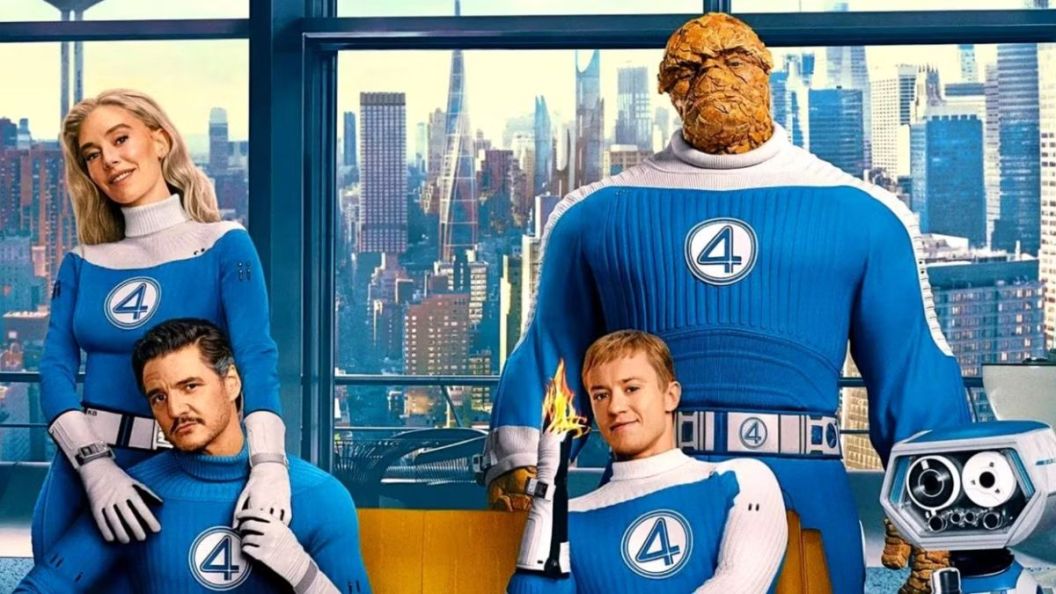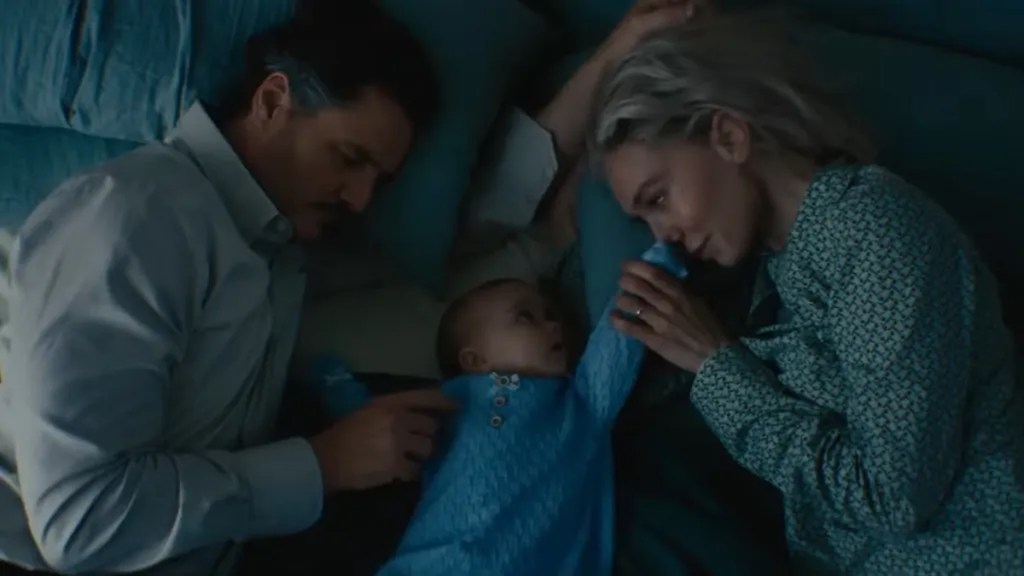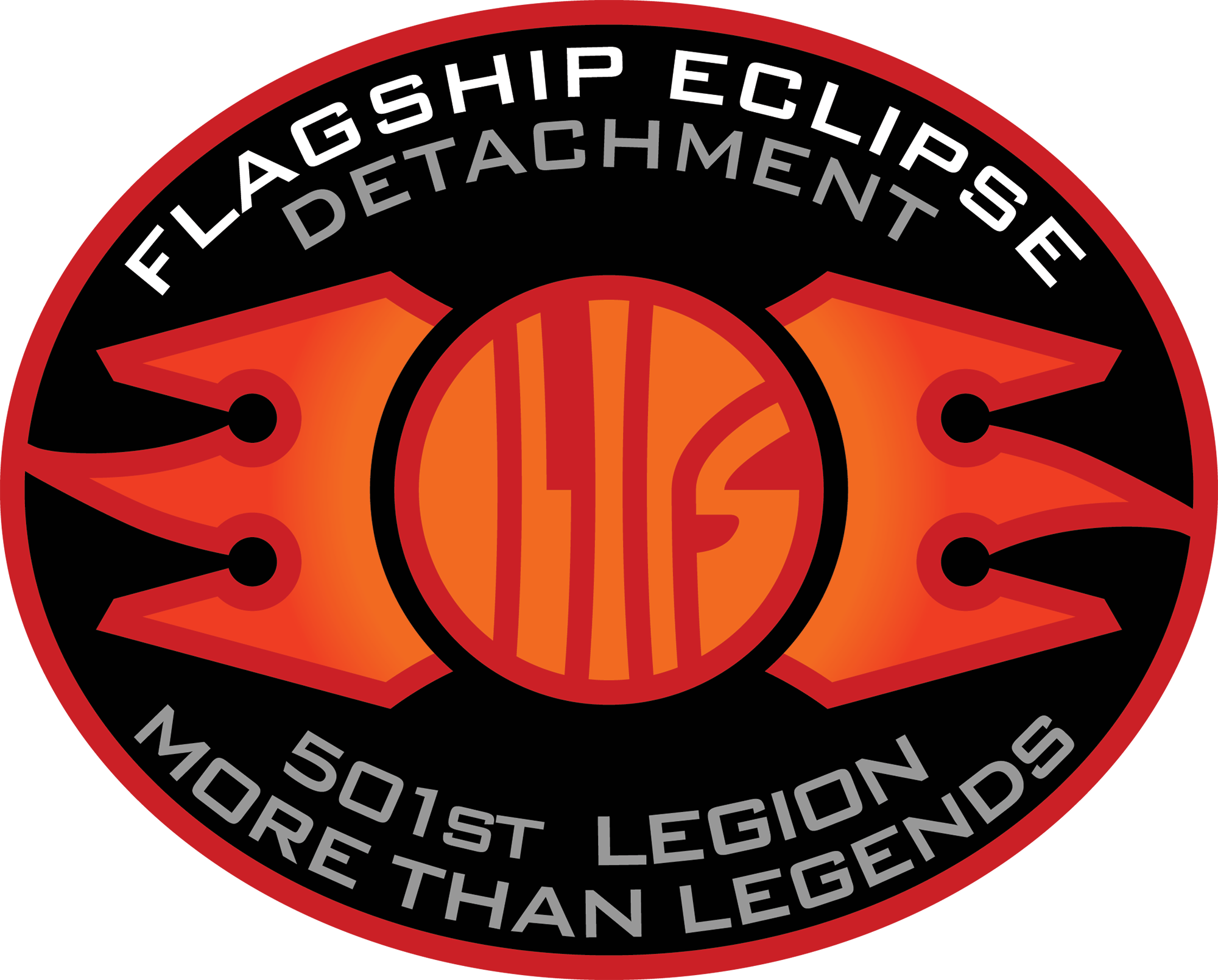
This post contains spoilers for The Fantastic Four: First Steps
From the moment the Fantastic Four were announced to be joining the Marvel Cinematic Universe, a single question echoed through the fandom louder than any other: What about Doom? For years, Doctor Doom has been the undisputed archenemy of Marvel’s First Family, a character so intrinsically linked to their mythology that imagining one without the other felt wrong. Yet, as the premiere of The Fantastic Four: First Steps drew closer, it was consistently stated that Victor Von Doom would be absent from the film. This revelation, initially met with a mix of apprehension and disappointment by many, turned out to be one of the film’s most brilliant and self-aware creative decisions. Far from being a mere oversight or a missed opportunity, First Steps repeatedly, and quite hilariously, trolled MCU fans with its major character absence, ultimately reinforcing the film’s core themes and setting the stage for a truly impactful future.
The genius of this approach lay in its commitment to the Fantastic Four themselves, allowing their debut to be a focused exploration of their origin and, more importantly, their dynamic as a loving, if non-traditional, family. It was a bold move that paid off, proving that sometimes, the most effective teases are the ones that don’t explicitly show you what you’re looking for, but rather, highlight its very absence.
The Film Masterfully Subverted Expectations by Focusing Solely on the Fantastic Four’s Foundations

Fantastic Four: First Steps was, at its heart, a story about beginnings – not just of superpowers, but of a family unit forging its identity under extraordinary circumstances. The film consciously chose to dedicate its runtime to meticulously building the relationships between Reed, Sue, Johnny, and Ben. This focus was refreshing, allowing audiences to truly invest in the characters and understand what they are willing to sacrifice for their family before introducing the inevitable classic threat of Victor Von Doom.
Every scene, from Reed Richards’ scientific breakthroughs to Johnny Storm’s bright personality and Ben Grimm’s penchant for cooking to Sue’s unwavering dedication to her family, served to deepen our understanding of their individual personalities and their collective chemistry. The film understood that for Doctor Doom to truly matter, the Fantastic Four themselves needed to matter first. His shadow, or rather, his deliberate non-appearance, paradoxically allowed the light to shine brighter on our heroes. This decision was a powerful statement: this film wasn’t about setting up future conflicts; it was about establishing the foundation upon which all future conflicts would rest.
The absence of Doom wasn’t a void; it was an intentional space, allowing the Fantastic Four’s familial bond to take center stage, proving that their true power lies not in their individual abilities, but in their support for one another. The audience’s anticipation for Doom, while initially a distraction, ultimately served to highlight how completely the film committed to its primary goal: making us fall in love with these four characters (five with Franklin) as a unit, before multiversal threat even entered the picture.
The Persistent Teasing of Latveria’s Empty Seat Became a Clever Device for Doom’s Ultimate Reveal

One recurring gag in Fantastic Four: First Steps — arguably its most amusing — was the constant, almost ostentatious, display of Latveria’s empty seat at the United Nations meetings, where Latveria is an expected participant. However, scene after scene, as Sue addressed various countries regarding the threat of Galactus, the seat designated for Latveria remained conspicuously vacant. There were no cryptic whispers of Doom’s past, no veiled allusions to a brilliant but troubled Latverian scientist, and certainly no shadowy figures lurking in the background.
The lack of any explicit teasing of Doom’s existence in this version of the Fantastic Four’s universe was a masterful stroke of misdirection. It effectively lulled the audience into a false sense of security, making them believe that perhaps Doom wouldn’t be appearing at all. This subtle, repeated visual gag was a brilliant subversion of fan expectations. It acknowledged the elephant in the room — the omnipresent anticipation of Doom, especially with Avengers: Doomsday on the horizon — but instead of feeding into it with traditional Easter eggs or foreshadowing, it actively denied it, creating a unique form of dramatic irony.
The payoff for this tease, however, was worth it. Doom’s surprise appearance in the post-credits scene, where he appears in the Baxter Building interacting with a 4-year-old Franklin Richards, came as a massive shock after his deliberate non-appearance and teases throughout the film. This wasn’t just a simple reveal; it was a powerful punch, a gut reaction seen in Sue’s frightened eyes that cemented Doom’s status as a looming threat. It was a testament to the film’s confidence in its own storytelling, choosing to play the long game rather than giving in to immediate fan service. The post-credits scene, far from being an obligatory teaser, felt earned, a dramatic crescendo that perfectly set the stage for Avengers: Doomsday, transforming a character’s absence from a potential misstep into one of the film’s most impactful and ultimately, most satisfying, creative choices.
The post I Loved How Fantastic Four: First Steps Repeatedly Trolled MCU Fans With That Major Character Absence appeared first on ComicBook.com.

